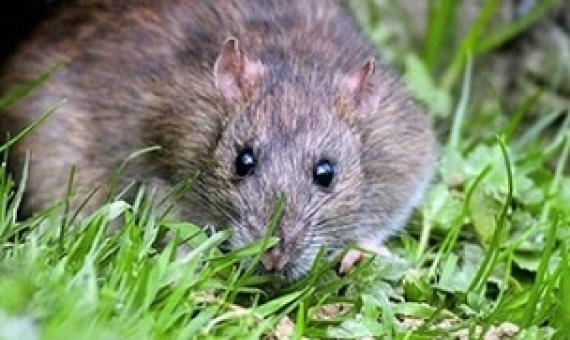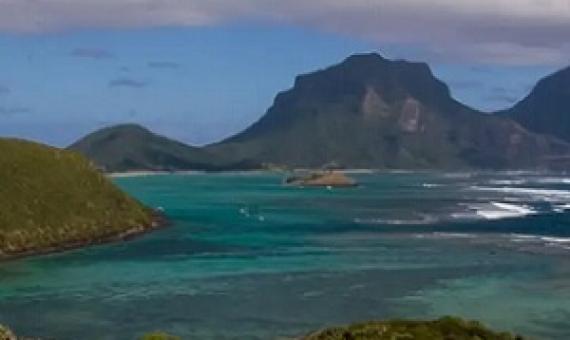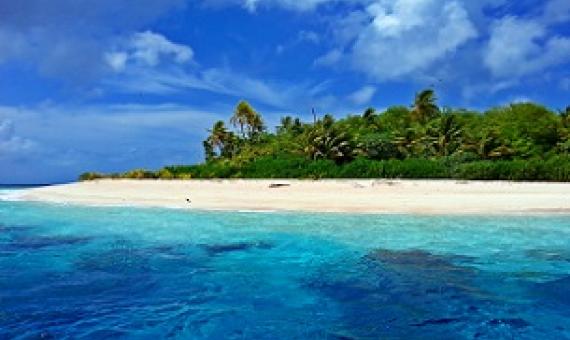Predation of sea turtle eggs by rats and crabs
Given the importance of hatchling survival for sea turtles, we assessed the relative importance of nest predation for green turtles (Chelonia mydas) nesting at a major rookery on an isolated island where harvesting or poaching of eggs is zero but where there are a range of potential predators, both natural and introduced. In this way, our work helps identify the importance of managing and / or removing invasive predators that may have several negative ecosystem consequences.Available online Call Number: [EL]Physical Description: 9p









